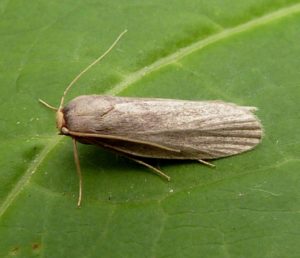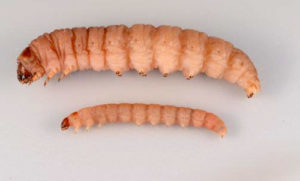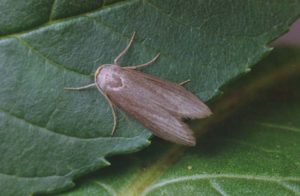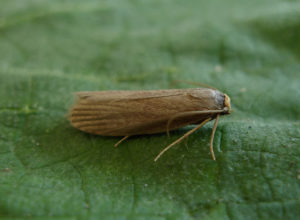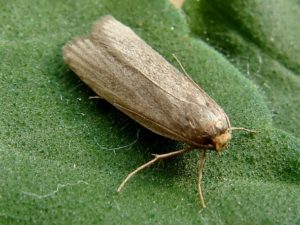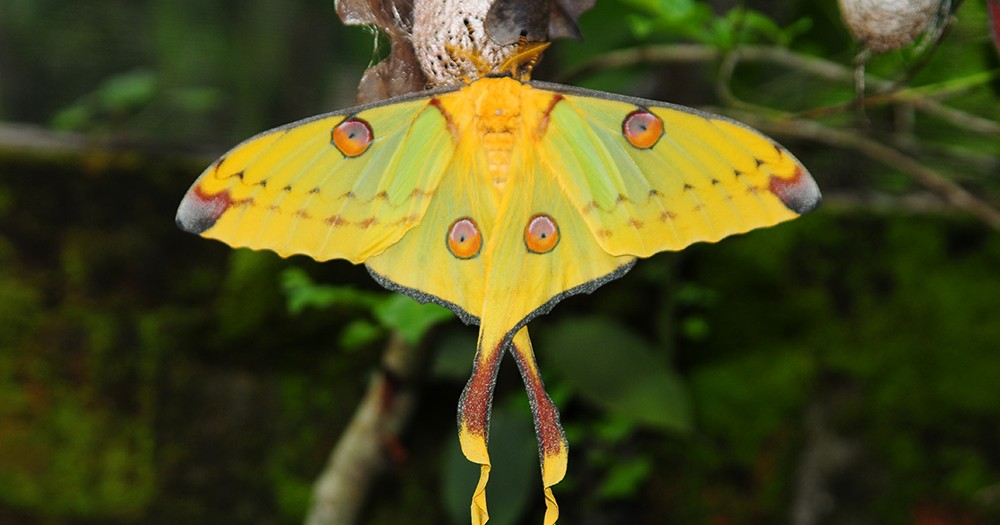Lesser Wax Moth (Achroia grisella)
The lesser wax moth is a snout moth found globally. This species is known for being pests to honey bee combs, from which they derive sustenance. Danish zoologist Johan Christian Fabricius first described these moths in 1794.
warehouse1.indicia.org.uk
Scientific Classification
- Family: Pyralidae
- Genus: Achroia
- Scientific Name: Achroia grisella
Description and Identification
Pupa
Pupae are yellow-tan and around 1.1 cm long. Pupation will occur anywhere inside the hive it uses as a host, spinning a white cocoon held in place with webbing and hidden with frass and other debris. This stage lasts for around 37 days, though sometimes it can take about two months for the adult moth to emerge.
Adult Moth
Sexual Dimorphism: Present. The males are much smaller than the females.
Color and Appearance
Forewings: When the wings are opened, a pale sandy-yellow color is observed. When the wings are closed, the beige color is still observable.
Hindwings: When the wings are opened, they are paler than the hindwings. When the wings are closed, the color is no longer observed.
Average wingspan: 1.3 cm
Flight pattern: Erratic
Season: Not recorded, but prefers warmer periods.
Egg
They are white and spherical, typically taking 5-8 days to hatch. Females lay these eggs at night in weakly protected beehives.
Quick Facts
| Distribution | Cosmopolitan, primarily Africa (including Madagascar), Australia, the Bengal region, Colombia, remote parts of Europe like Greece, Jamaica, Japan, the Marquesas Islands, North America, Puerto Rico, Sri Lanka, Tahiti in French Polynesia, and Trinidad |
| Habitat | Warmer, tropical areas |
| Lifespan of Adults | 1 week |
| Predators | Bats |
| Hosts | Honey bee combs, where they feed on their honey, larvae, pollen, and pupae |
| Adult Diet | Does not feed |
Did You Know
- The mating of these moths is heavily dependent on sound production, with females choosing a suitable mate based on the sound generated by them. They generate sound by fanning their wings at 45° and raising their tegulae to produce fast sound pulses.
Scientific Classification
- Family: Pyralidae
- Genus: Achroia
- Scientific Name: Achroia grisella

